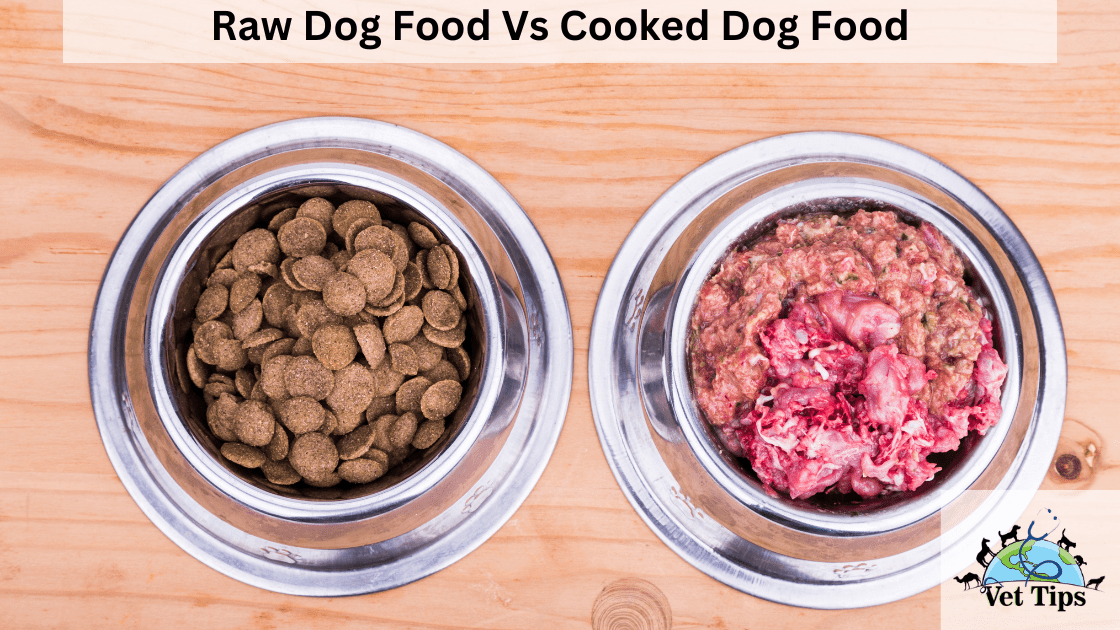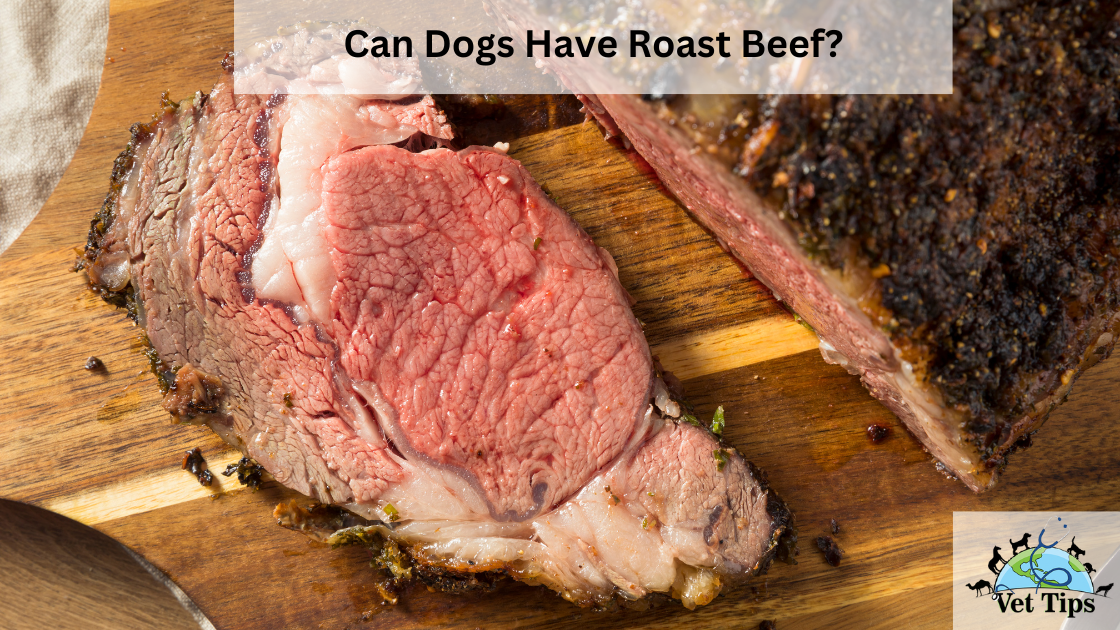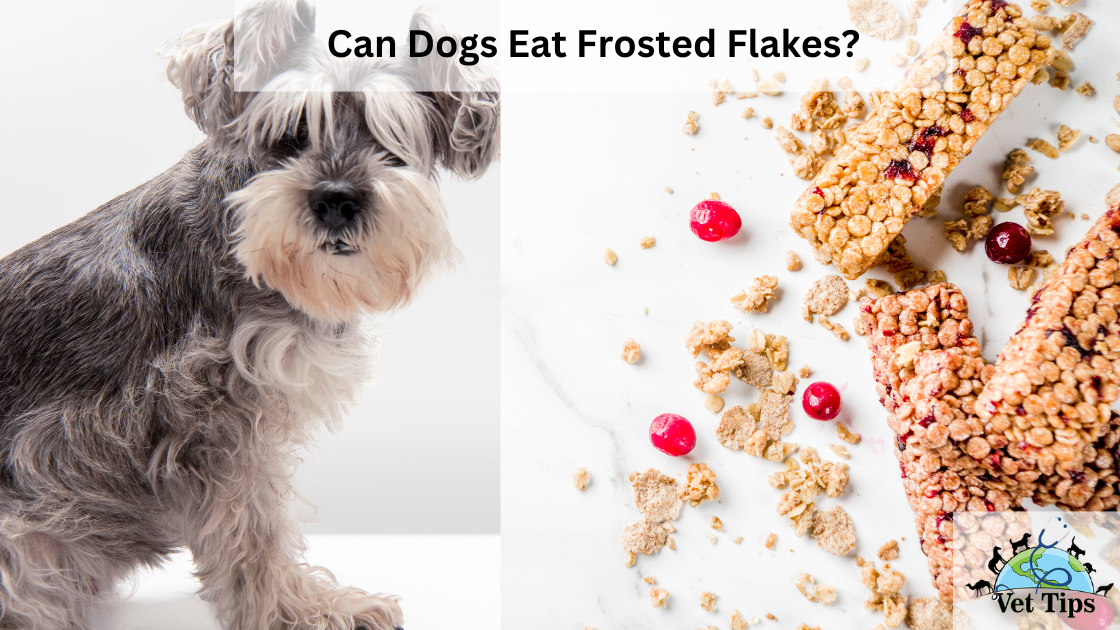Dog owners around the world face the age-old conundrum: Should they feed their furry companions raw dog food or opt for cooked dog food? This debate has sparked many discussions and controversies, leaving pet parents confused about the best dietary choice for their beloved four-legged friends. In this article, we will delve into the heart of this matter and provide a comprehensive comparative analysis of raw dog food vs cooked dog food to help you make an informed decision.
Raw Dog Food
Raw dog food diets are debatable. However, raw meat, bones, fruits, and veggies diets are becoming increasingly popular. Racing greyhounds and sled dogs have long used raw food diets.
A typical raw dog food diet includes:
- Muscle flesh that is typically still attached to the bone
- Bones in any form, whole or ground
- Liver and kidney meats are examples of organ meats.
- Eggs in their natural state
- Broccoli, spinach, and celery are examples of vegetables.
- Apples or other types of fruit
- Dairy products, such as yogurt
Raw dog food potential advantages:
- Healthier skin
- Shinier coats
- Higher energy levels
- Smaller stools
- Cleaner teeth
The following are some of the potential hazards:
- Bacteria in raw meat poses a health risk to humans and dogs.
- An unbalanced diet can be harmful to their health if given to dogs over a lengthy period of time.
- Whole bones have the potential to suffocate an animal, break teeth, or penetrate the internal organs.
Other raw dog food diets have arisen, including commercially processed raw food diets that are frozen or freeze-dried and combination diets that include grains, vegetables, and vitamins with raw meat purchased at the grocery store by the owner.
Check out this one of the best raw dog food for canines
Cooked Dog Food
As a pet parent, you have a right to know how your pet’s food is produced. Our pets, like humans, benefit from whole meals that are free of preservatives and additives. Furthermore, food that has been cooked will keep the majority of its naturally occurring vitamins and minerals.
What exactly does “gently cooked” imply?
Food is heated or cooked to the temperature required to destroy germs such as salmonella and e-coli in the gently cooked form of cooking.
This method ensures that germs contained in raw components are killed while maintaining the nutritional value of the food.
Furthermore, because of the lower temperature of cooking, the protein levels stay high. After switching to this food, pet owners noticed significant health improvements in their pets. Healthy, shinier coats, softer skin, cleaner teeth, and fewer odors have all been reported. Kibbles, on the other hand, are highly processed food.
10 Advantages of Gently Cooked Dog Food
The advantages are visible in the general health of animals fed an unprocessed diet. These are the following advantages of providing cooked food to canines.
- If you’re transitioning your pet to a raw diet, slightly cooked meals are a terrific method to ease them into it.
- Foods prepared in this manner are easier to break down and digest since they do not degrade beneficial proteins due to prolonged or severe heat. Because a dog’s digestive tract is significantly shorter than that of a person, the nutrients in their food must be easy to digest so that they can be absorbed before going through the intestinal tract entirely.
- A mixture of fresh vegetables can boost nutritional benefits to dogs with impaired immune systems, making this diet an excellent choice.
- Food cooked slowly is better for your pet’s biological needs. The dish is nutritious and made with fresh ingredients that include few if any, synthetic proteins and amino acids that might cause allergies in pets.
- Foods that are gently cooked do not have any extra fillers or carbs. This low-fat diet will help your pet maintain a healthy weight.
- Gnawing on raw bones helps to remove plaque-causing tartar. On the other hand, Cooked bones are fragile and can splinter into shards, causing choking and severe injury to your dog’s mouth, throat, and intestines.
- Gently cooked meals are safe, despite popular belief. To kill common infections like salmonella, the meats are cooked to FDA-recommended temperatures.
- Better digestion leads to firmer stools and more consistent bowel motions.
- Because this feeding method has fewer carbohydrates than kibbles, it is gentler on delicate stomachs while also keeping your pet lean.
- It saves cash in the long term because there are fewer trips to the vet! Vet visits may be decreased to merely general check-ups if your dog’s health improves.
A Comparative Analysis: Which is Better?
As we compare raw dog food and cooked dog food, it’s essential to understand that there’s no one-size-fits-all answer. Each type of diet has its own set of advantages and disadvantages, and what may work well for one dog may not suit another. Factors such as the dog’s age, breed, size, activity level, and overall health should all be taken into consideration when making this decision.
| Aspect | Raw Dog Food | Cooked Dog Food |
| Nutritional Integrity | High | Moderate |
| Digestibility | May Vary | High |
| Bacterial Risk | High | Low |
| Convenience | Low | High |
| Commercial Options | Limited | Abundant |
| Allergy Consideration | May Help | May Help |
It’s crucial to consult with a veterinarian or a pet nutritionist before making any significant dietary changes for your dog. They can assess your dog’s specific needs and recommend the most suitable diet based on their individual health requirements.
Check out this one of the best commercial cooked dog food
FAQs About Raw Dog Food Vs Cooked Dog Food
How much-cooked meat should a dog eat per day?
A typical question among pet owners is, “How many cups of homemade dog food should I feed my dog?” Every dog has a different personality and body needs. The age of the dog is also a factor.
While it’s difficult to know exactly how much food to give each dog, there is a general guideline that many people follow. However, if in doubt, see your veterinarian.
Adult dogs should be fed raw food at a rate of 2% to 3% of their optimal weight every day. So, if your dog weighs 35 pounds, you’d give 3/4 to slightly over 1 pound.
Puppies are still growing and require additional nutrition to help them mature into healthy adult dogs. You can offer them 2% to 3% of their optimal adult body weight.
Is it possible to mix raw and cooked dog food?
This is not recommended because kibble and raw food digest in different ways. The enzymes and acids responsible for breaking down both foods in a dog’s digestive tract are other.
Most kibbles, for example, contain 30-60% starch, whereas most raw foods include only 0 to 15% carbs. As a result, dog owners are recommended to separate the meals because mixing raw, and kibble puts dogs at risk for various health problems.
A current rule of thumb is to start with a little bit of new food on day one and progressively increase from there. Dog’s digestive systems would be able to acclimate to the new food as a result of this.
Is it safe to feed raw dog food to my dog?
While many dogs can thrive on a raw dog food diet, it’s essential to handle raw ingredients with caution to prevent any potential health risks. Consult with your veterinarian to assess if a raw diet is suitable for your dog.
Can I cook raw dog food to make it safer?
Cooking raw dog food eliminates the potential bacterial risk, but it may also affect the nutritional integrity of the ingredients. If you choose to cook raw ingredients, ensure that your dog still receives the necessary nutrients.
Which is more convenient – raw or cooked dog food?
Cooked dog food, especially commercially prepared options, can be more convenient for pet owners with busy schedules. Raw dog food diets often require careful preparation and may not be as readily available.
Are there any specific dog breeds that benefit more from raw or cooked dog food?
The dietary needs of dogs can vary significantly based on their breed, size, age, and health condition. Some breeds may benefit more from one type of diet over the other. It’s best to consult with a veterinarian for breed-specific recommendations.
Can I switch my dog’s diet from raw to cooked or vice versa?
Switching your dog’s diet should be done gradually to avoid gastrointestinal issues. Gradually introduce new foods over several days to allow your dog’s digestive system to adjust.
Conclusion: Raw Dog Food Vs Cooked Dog Food
The raw dog food vs. cooked dog food debate continues to captivate the hearts and minds of dog owners everywhere. Ultimately, the decision boils down to your dog’s individual needs, health considerations, and your personal preferences as a pet owner. Both raw and cooked dog food options have their own merits and drawbacks, so it’s crucial to make an informed decision that aligns with your dog’s overall well-being.
Remember, your dog’s health is a top priority, and a balanced and nutritious diet is the cornerstone of a happy and healthy canine companion
Tell us in the comments, how you like our article “Raw Dog Food Vs Cooked Dog Food”
For similar posts like this, click here.
For the source file, click here.









One thought on “Raw Dog Food Vs Cooked Dog Food: Unraveling the Best Diet for Man’s Best Friend”